News
Feb 5, 2025
Mid-Week Roundup (Jan 3d – Jan 5th)
MicroStrategy Rebrands to 'Strategy' to Emphasize Bitcoin Focus
Background
MicroStrategy, the largest corporate holder of Bitcoin, has rebranded itself as 'Strategy' to reflect its strong focus on Bitcoin and artificial intelligence. The company introduced a new logo and branding elements to align with this vision.
Key Points
The company is now called 'Strategy', with a stylized “B” in its logo, symbolizing its Bitcoin strategy.
The primary brand color is now orange, representing energy, intelligence, and Bitcoin.
Strategy holds 471,107 BTC, worth approximately $44 billion, making it the largest corporate Bitcoin holder.
Michael Saylor emphasized that the rebrand simplifies the company’s identity, aligning with its core mission.
CEO Phong Le stated that Strategy is focused on Bitcoin and AI, positioning itself as a key player in transformative technologies.
- Strategy’s stock (MSTR) is trading at around $342.27 per share.
Key Takeaway
MicroStrategy's transition to 'Strategy' signals its long-term commitment to Bitcoin and AI, reinforcing its identity as a Bitcoin-first company with a global vision.
FDIC Reevaluates Crypto Guidance Amid Senate Probe into Debanking
Background
The FDIC is reassessing its approach to crypto supervision, with Acting Chairman Travis Hill revealing past communications that discouraged banks from engaging with the crypto industry. The announcement coincides with a Senate hearing investigating regulatory pressure that led to banks severing ties with crypto businesses.
Key Points
The FDIC is reviewing its past guidance on crypto and releasing previously undisclosed documents related to its oversight of banks dealing with digital assets.
FDIC officials were found to have discouraged banks from engaging with crypto firms, often delaying responses or directing them to pause crypto-related activities.
The Senate Banking Committee launched an investigation into regulatory practices that have effectively blocked crypto companies from accessing banking services.
Anchorage Digital CEO Nathan McCauley testified, stating that the pressure from regulators made banking access nearly impossible for crypto firms, despite banks wanting to work with them.
Senator Elizabeth Warren acknowledged concerns, emphasizing that crypto companies should not be unfairly locked out of banking services if they comply with regulations.
- The congressional review will continue with a House Financial Services Committee hearing on February 11, focusing on the future of digital assets.
Key Takeaway
The FDIC’s shift in stance, combined with congressional scrutiny, could signal a potential easing of regulatory barriers for crypto firms seeking banking services in the U.S.
Ethereum L2s to Become Interoperable Within Months
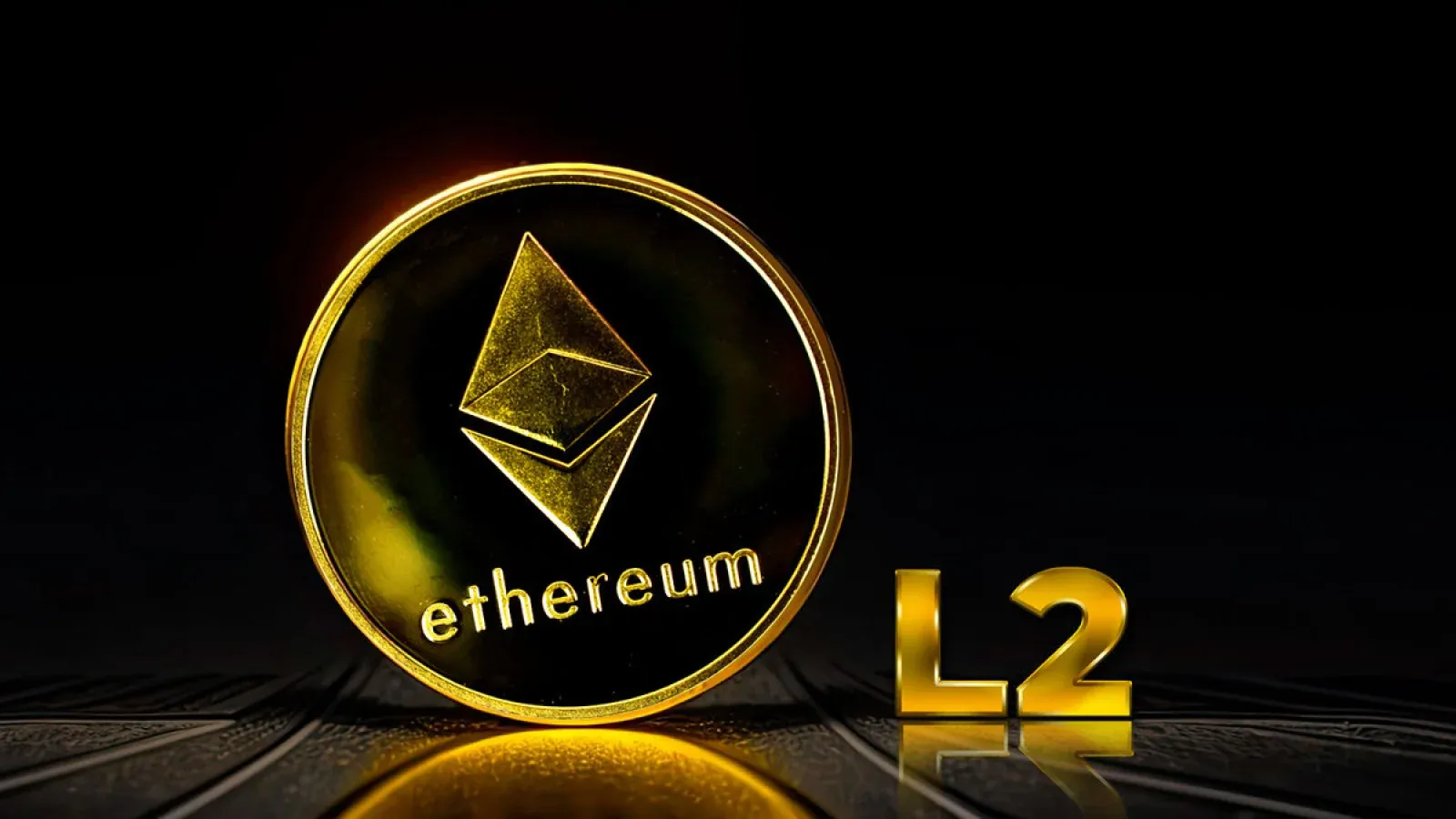
Background
Ethereum's Layer 2 (L2) networks have successfully scaled transactions but created significant interoperability challenges. A series of upgrades launching in the coming months aims to enable seamless crosschain swaps, trustless messaging, and unified liquidity, making Ethereum feel like a single ecosystem again.
Key Points
ERC-7683 and RIP-7755 will introduce standardized crosschain execution, enabling fast and trustless transactions between L2s.
Polygon's AggLayer will act as a unified settlement layer, reducing fragmentation and simplifying liquidity across chains.
Crosschain swaps and messaging will soon take seconds, significantly improving user experience and reducing reliance on costly and risky bridges.
New Ethereum address formats (EIP-3770, EIP-7828) will introduce chain-specific and human-readable addresses, making transactions easier.
Pectra Hard Fork (March 2025) will introduce smart accounts, allowing apps and wallets to sponsor gas fees for smoother crosschain operations.
- Future developments, including single-slot finality and based rollups, will further enhance interoperability, enabling seamless composability across L2s.
Key Takeaway
Ethereum's L2s are on the verge of full interoperability, with major upgrades arriving within months. These advancements will simplify crosschain interactions, reduce costs, and unify liquidity, making Ethereum’s fragmented ecosystem feel like a single blockchain again.
0G Foundation Launches $88M Fund for AI-Powered DeFi Agents

Background
0G Foundation has introduced an $88.88 million ecosystem fund to accelerate the development of AI-driven decentralized finance (DeFAI) applications. The fund aims to support autonomous financial agents that optimize DeFi, yield generation, and other sectors, including insurance and governance.
Key Points
Strategic Backing: The fund is supported by major Web3 investment firms, including Hack VC, Delphi Ventures, Bankless Ventures, and OKX Ventures.
DeFAI Potential: These AI-powered agents will enable fully autonomous and verifiable DeFi systems, optimizing yield strategies, crosschain arbitrage, and decentralized insurance.
Expanded Use Cases: Beyond DeFi, DeFAI agents could impact supply chain automation, AI-driven governance models, and decentralized scientific research.
Funding Criteria: The foundation seeks projects focused on climate change, healthcare, supply chain, privacy, government efficiency, security, and education.
- Previous Funding: 0G Labs previously raised $290 million for its AI operating system and $35 million in pre-seed funding in 2024 to advance onchain AI development.
Key Takeaway
0G Foundation’s $88M fund reinforces the growing intersection of AI and DeFi, supporting autonomous financial systems that could transform yield generation, governance, and crosschain operations in the crypto ecosystem.
Berachain to Launch Mainnet and Airdrop on Feb. 6

Background
Berachain, an EVM-compatible Layer 1 blockchain, is set to launch its mainnet and native token (BERA) on February 6. The project utilizes a unique Proof-of-Liquidity mechanism to drive ecosystem value, aligning incentives for participants and developers.
Key Points
Mainnet and Token Generation Event (TGE): Berachain’s public mainnet and BERA token will go live on Feb. 6, with tokenomics details and eligibility checkers released on Feb. 5.
NFT-Linked Airdrop Speculation: Investors expect ecosystem NFT holders (Bong Bears, Bond Bears, Boo Bears) to receive a portion of the BERA airdrop, driving a price surge in these collections.
Dual-Token Model: The ecosystem features BERA (native token) and BGT (non-transferable governance token), with a 1:1 redemption mechanism, encouraging ecosystem participation.
Investor Sentiment Split: Some investors see Berachain as a high-potential launch, while others remain skeptical about whether it will draw liquidity from existing chains.
- Funding and Backers: Berachain raised $142 million across two funding rounds, with backing from Polychain Capital, Framework Ventures, Hack VC, and HashKey Capital.
Key Takeaway
Berachain’s mainnet launch and airdrop could mark a significant moment for the Proof-of-Liquidity model, with NFT holders and investors closely watching its impact on the broader crypto ecosystem.
FTX’s Bahamas Arm to Begin Creditor Repayments on Feb. 18
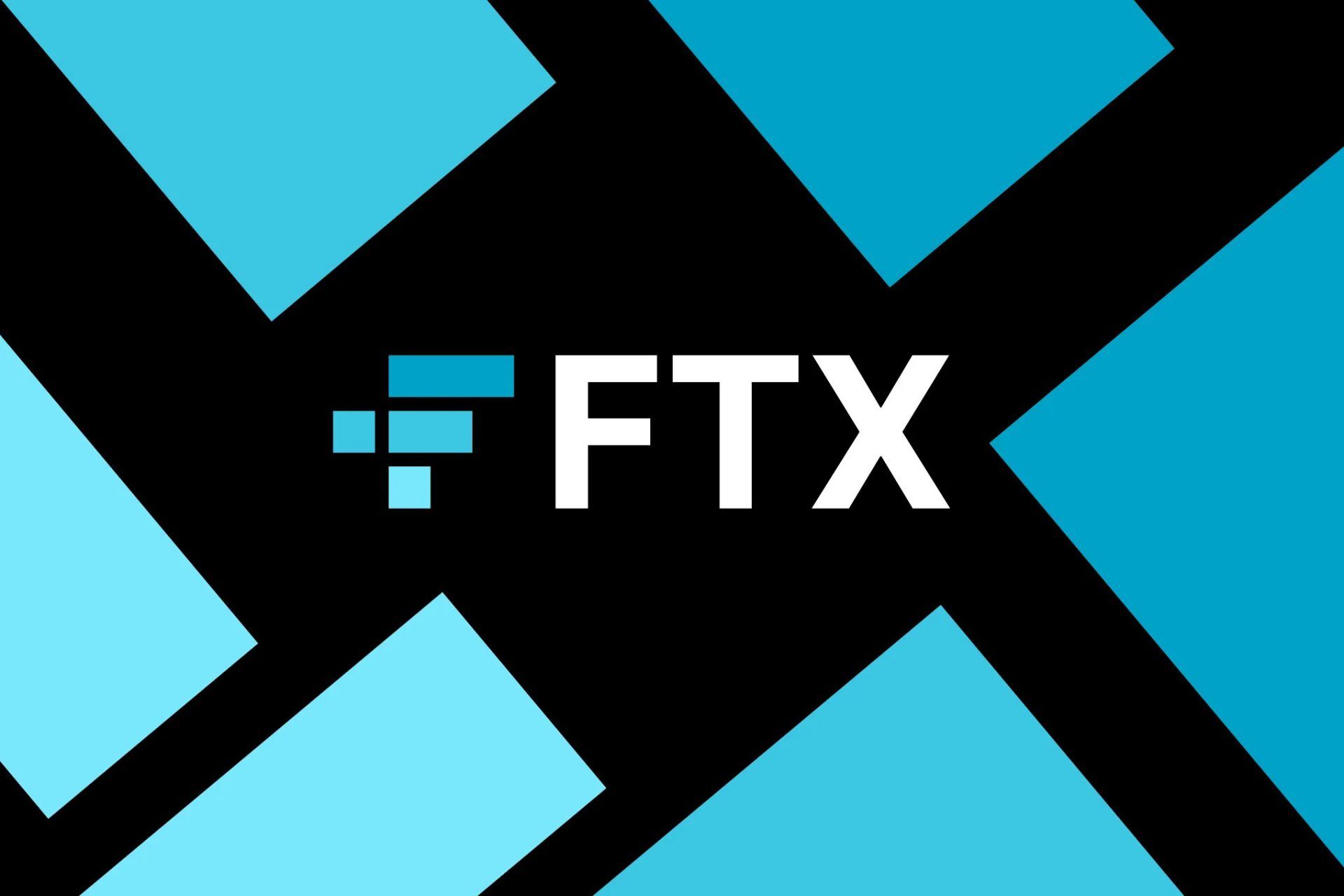
Background
FTX Digital Markets, the Bahamian division of the collapsed FTX exchange, will start repaying its first group of creditors on Feb. 18. The repayments target "convenience class" claimants, marking a major step in the exchange’s bankruptcy proceedings.
Key Points
Full Repayment with Interest: Creditors with claims under $50,000 will receive 100% of their adjudicated claim value plus 9% annual interest since November 2022.
Repayment Process: The distributions will begin through BitGo, while Kraken may follow a separate schedule.
FTX Bankruptcy Progress: The exchange’s reorganization plan took effect on Jan. 3, with broader creditor payments expected by early March.
- FTX Legal Fallout: Sam Bankman-Fried was sentenced to 25 years in prison, while four other former executives settled their cases by late 2024.
Key Takeaway
FTX’s first creditor repayments mark a critical step in its ongoing bankruptcy resolution, offering relief to smaller claimants while larger creditors await further distributions.
DeepSeek-R1 and the Future of Web3-AI

Background
The release of DeepSeek-R1, an open-weight reasoning model, has sparked discussions on its potential to reshape AI development. Unlike previous generative AI advancements that widened the gap between Web2 and Web3, DeepSeek-R1 introduces elements that align naturally with decentralized AI architectures.
Key Points
Breakthrough in Reasoning AI: DeepSeek-R1 matches the performance of top AI models while being built with a significantly lower training budget, challenging conventional scaling laws.
Decentralization Potential: Its reinforcement learning approach is highly parallelizable, making it a strong candidate for Web3-based training networks where nodes earn rewards for model fine-tuning.
Synthetic Reasoning Data for Web3: DeepSeek-R1 showcases the value of synthetically generated reasoning datasets, which could be produced by decentralized networks and monetized as Web3 assets.
Distilled Models for Web3 Integration: Smaller versions of DeepSeek-R1 (1.5B–70B parameters) make decentralized inference feasible, enabling AI-powered DeFi, DePIN networks, and trustless reasoning services.
- AI Transparency and Data Provenance: DeepSeek-R1 includes reasoning traceability, offering an opportunity for Web3 to create a verifiable “Internet of Reasoning” with transparent AI decision-making.
Key Takeaway
DeepSeek-R1 bridges the gap between AI and Web3, introducing decentralized training, transparent reasoning, and AI-powered applications that could redefine DeFi, decentralized computing, and onchain data monetization.
THORChain Approves Plan to Convert $200M Debt into Equity Tokens
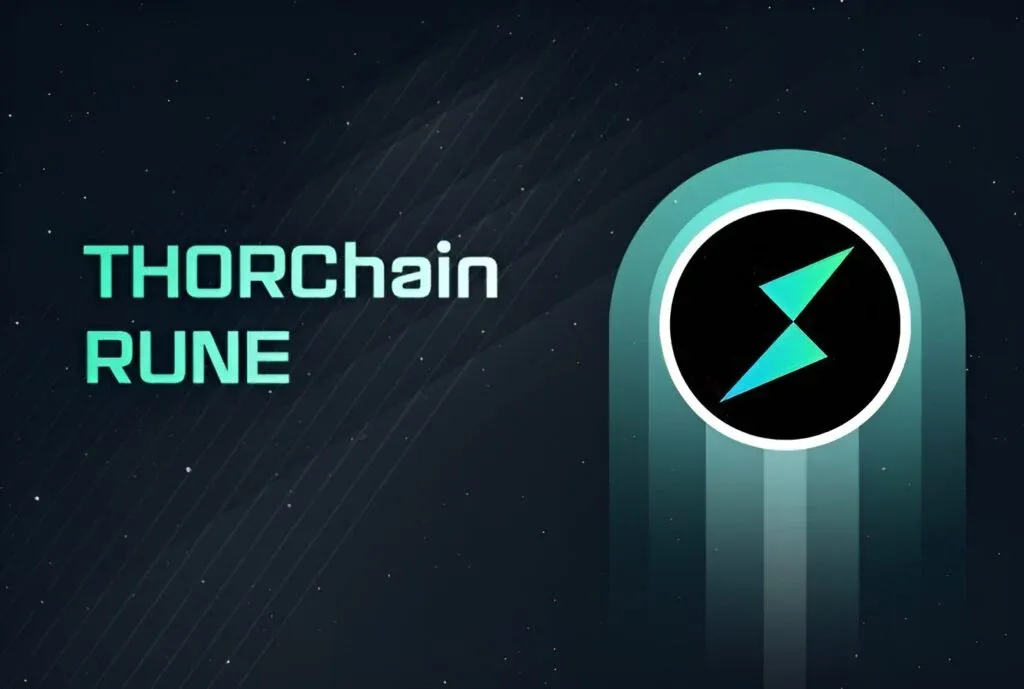
Background
THORChain has approved a plan to convert its $200 million debt into equity tokens after suspending lending and savings programs to prevent an insolvency crisis. While the move aims to stabilize liquidity, community members have raised concerns over its long-term feasibility.
Key Points
Debt Restructuring Plan: THORChain will mint and airdrop 200 million "TCY" tokens to affected users, with each token representing $1 of debt.
Revenue Allocation: TCY holders will receive 10% of THORChain’s revenue in perpetuity, distributed in RUNE every 24 hours.
Liquidity Pool for Exit: A dedicated liquidity pool will allow tokenholders to sell their claims at market-driven prices.
Community Concerns: Some users believe the plan requires too much trust in THORChain, while others worry TCY could be classified as an unregistered security, leading to potential legal risks.
- Execution Uncertainty: The timeline and full details of the restructuring plan are still being finalized by THORChain.
Key Takeaway
THORChain’s debt-to-equity conversion seeks to resolve its liquidity crisis, but questions around trust, sustainability, and regulatory risks may impact its success and market reception.
Coinbase Users Lost Over $65M to Social Engineering Scams, Claims ZachXBT

Background
Onchain investigator ZachXBT has reported that Coinbase users lost over $65 million to social engineering scams between December 2024 and January 2025. He suggests the actual losses may be much higher, criticizing Coinbase for failing to address these security threats effectively.
Key Points
Scammers exploited stolen personal data to impersonate Coinbase support, deceiving users into transferring funds to fraudulent wallets.
Fake Coinbase websites and spoofed emails were used to manipulate victims, with Telegram channels openly advertising these scam methods.
Estimated yearly losses from social engineering scams exceed $300 million, according to ZachXBT.
Coinbase has been criticized for inadequate response, allegedly failing to report scammer addresses despite weeks of fraudulent activity.
- Security Recommendations: ZachXBT urged Coinbase to strengthen security measures, including optional phone number input, restricted beginner accounts, and improved community outreach.
Key Takeaway
Social engineering scams targeting Coinbase users have surged, leading to millions in losses. Calls for improved security measures and faster scam detection highlight growing concerns over exchange vulnerabilities.
Trump-Backed World Liberty Financial Reportedly Exploring Token Swap Deals
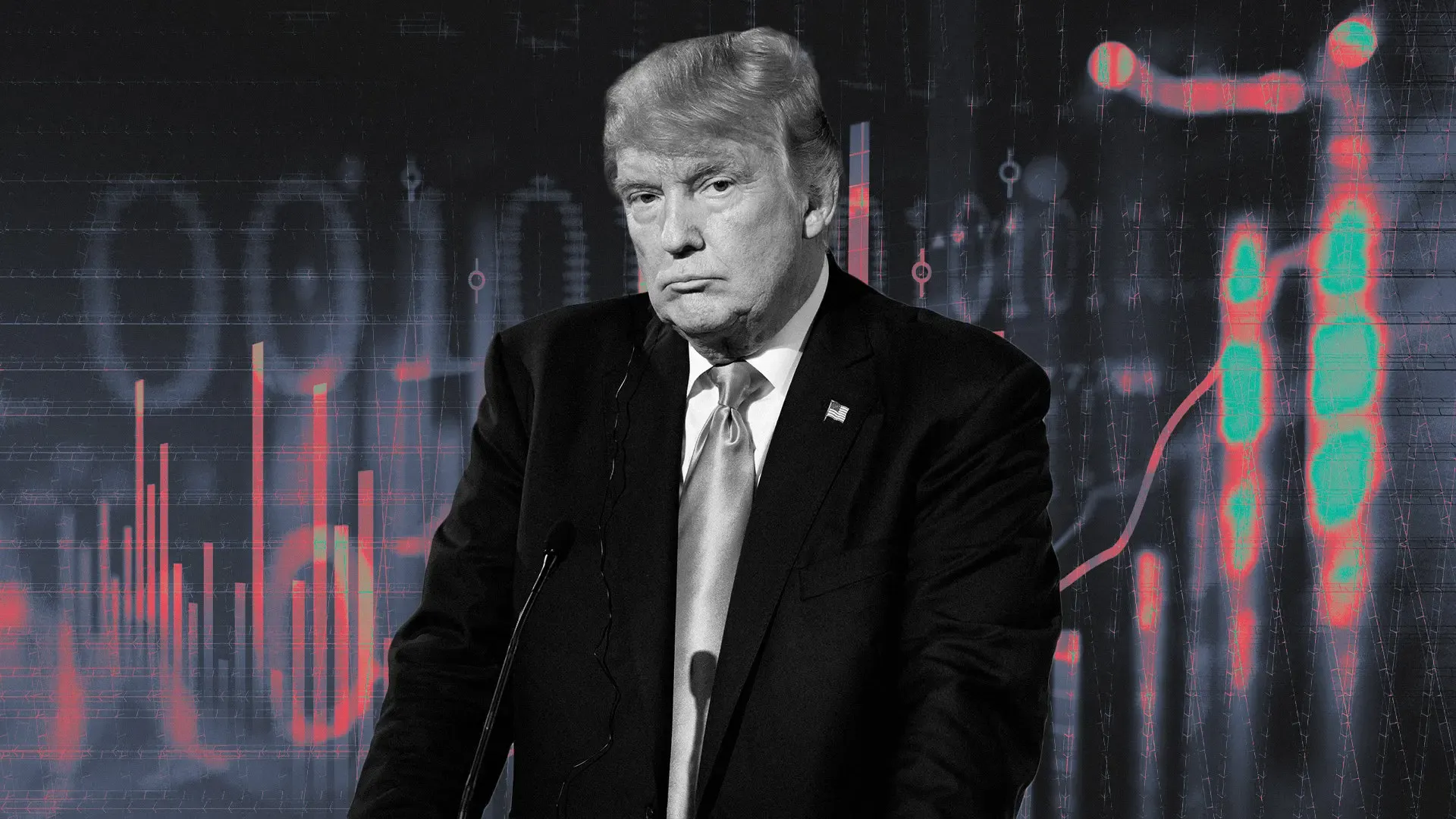
Background
World Liberty Financial (WLFI), a project backed by Trump-affiliated entities, is reportedly considering token swap deals to diversify its treasury and increase fee revenue. The strategy would involve projects purchasing $10M+ in WLFI tokens while WLFI buys an equivalent amount of the project's token.
Key Points
Valuation & Launch: WLFI tokens will be exchanged at a $1.5 billion fully diluted valuation, with the platform set to launch in Q3 2025.
Minimum Buy-In: Token swap participants must invest at least $10M, with priority treatment for investments of $15M+.
Trump Family Involvement: Eric Trump sits on the WLFI board, and a Trump-affiliated LLC is set to receive 60% of project equity and 75% of fee revenue.
Wallet Holdings: WLFI-associated wallets hold approximately $360M, with ETH making up around half of the assets.
- Token Swap Process: Interested projects attend a meeting followed by a video call with co-founder Zak Folkman, formerly of Dough Finance, which suffered a $2M hack in July 2024.
Key Takeaway
WLFI is leveraging token swaps to monetize its influence in the market, potentially driving short-term price surges while expanding its treasury. The Trump-affiliated project’s role in crypto finance continues to evolve, with significant backing and strategic partnerships shaping its future.
Hyperliquid Surpasses Ethereum in 7-Day Revenue Amid Rising Perps Trading

Background
Hyperliquid, a Layer-1 blockchain focused on perpetual futures trading, has overtaken Ethereum in seven-day revenue, reflecting its rapid growth as a derivatives trading hub. Meanwhile, Ethereum has faced a sharp revenue decline following the Dencun upgrade, which slashed transaction fees.
Key Points
Revenue Flip: Hyperliquid recorded $12.8M in 7-day revenue, surpassing Ethereum’s $11.5M, according to DefiLlama.
Soaring Trading Volume: Hyperliquid processes $470M in daily volume, nearly double its volume from early 2025, as it captures 70% of the perps market share, surpassing GMX and dYdX.
Ethereum’s Challenges: Ethereum still dominates with $4.7B in daily volume, but its 95% fee reduction post-Dencun has led to a significant revenue decline.
HYPE Token Growth: Hyperliquid’s native HYPE token has surged 500% since launching in November, reaching a $25B fully diluted valuation.
- Future Development: Hyperliquid plans to launch an EVM-compatible smart contract platform in 2025 to expand beyond trading and attract developers.
Key Takeaway
Hyperliquid’s derivatives-driven revenue growth highlights its rising dominance in DeFi trading, while Ethereum faces competition from faster and lower-cost blockchains. The next challenge for Hyperliquid is building a developer ecosystem to sustain its momentum.
Kraken and Coinbase Secure Key Approvals to Expand in EU and UK

Background
Kraken and Coinbase have received major regulatory approvals allowing them to expand their crypto services in the European Union and the UK, respectively. These approvals position both exchanges to comply with upcoming crypto regulations in these regions while broadening their market reach.
Key Points
Kraken obtained a MiFID license in the EU after acquiring a Cypriot investment firm approved by the Cyprus Securities and Exchange Commission.
Coinbase secured VASP registration from the UK’s Financial Conduct Authority, allowing it to offer crypto-fiat services.
Kraken can now provide compliant derivatives trading for advanced crypto traders in select EU markets.
Coinbase’s UK expansion aligns with the country’s upcoming comprehensive crypto regulatory framework, set to take effect in early 2025.
- Both approvals come as the EU’s MiCA regulations roll out in phases, reinforcing greater regulatory clarity for exchanges.
Key Takeaway
Kraken and Coinbase’s regulatory wins signal major expansion opportunities in the EU and UK, positioning both exchanges to comply with evolving regulations while broadening their market dominance.
Trump’s Tariffs Rattle Markets: Dow Futures Drop, Crypto Liquidations Exceed $2B
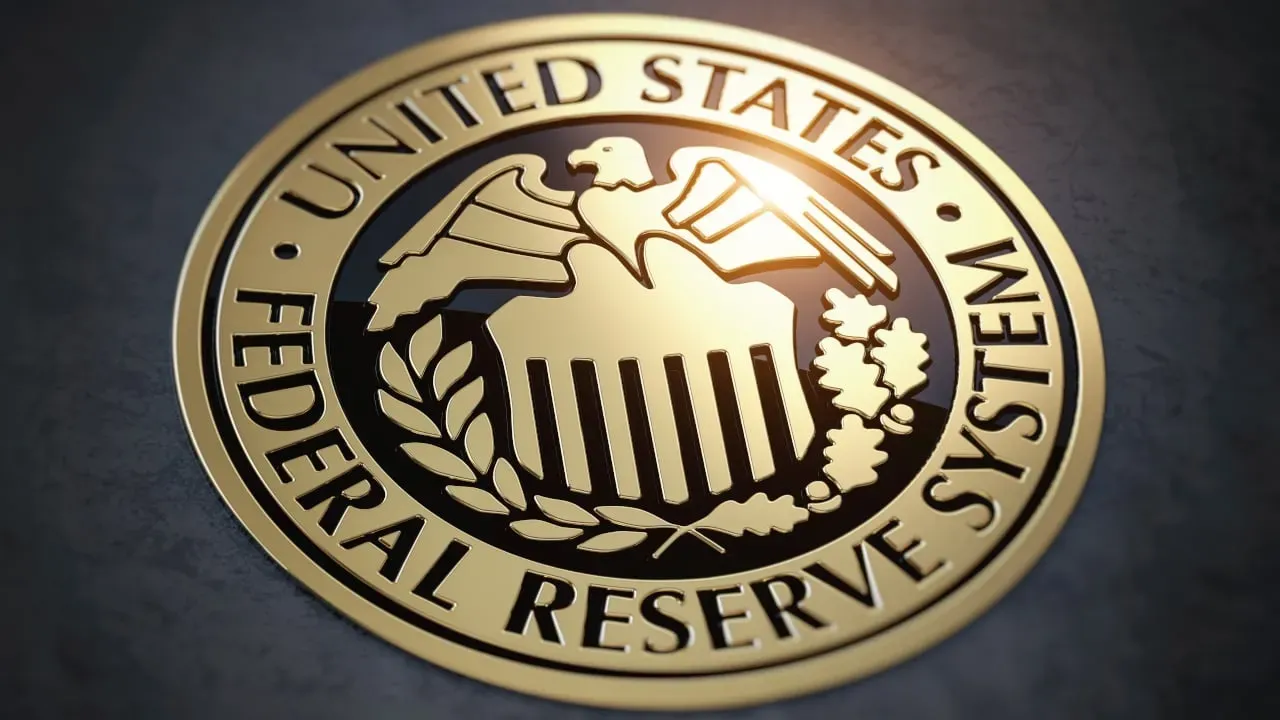
Background
Global markets faced sharp volatility after U.S. President Donald Trump announced new tariffs on Mexican, Canadian, and Chinese goods. The news triggered a 1.2% drop in Dow futures, while crypto markets saw over $2.1 billion in liquidations as Bitcoin and Ethereum fell significantly.
Key Points
Tariff Details: Trump imposed 25% tariffs on Mexican and Canadian goods and 10% on Chinese imports, effective Feb. 6.
Market Impact:
Stock futures dropped, with S&P 500 down 1.9% and Nasdaq down 2.7%.
Bitcoin fell to $96,300 (-5%), while Ethereum dropped 10% to $2,800.
XRP and Dogecoin plunged 19%, reflecting broader risk-off sentiment.
Crypto Liquidations: Over $2.1 billion in leveraged positions were wiped out, as traders reacted to fears of higher inflation and prolonged interest rates.
Federal Reserve Concerns: Analysts suggest tariffs could increase inflation, reducing the likelihood of Fed rate cuts in 2025.
International Response:
Canada imposed matching 25% tariffs on $155B in U.S. goods.
Mexico and China are preparing countermeasures, with China planning a WTO lawsuit.
- Mixed Reactions: Some market analysts believe the tariff fears may be overblown, suggesting Trump may reverse policies if trade partners address fentanyl concerns.
Key Takeaway
Trump’s tariffs have shaken both traditional and crypto markets, triggering massive liquidations and raising inflation concerns. While some fear prolonged economic instability, others see a possible de-escalation in trade tensions in the coming months.